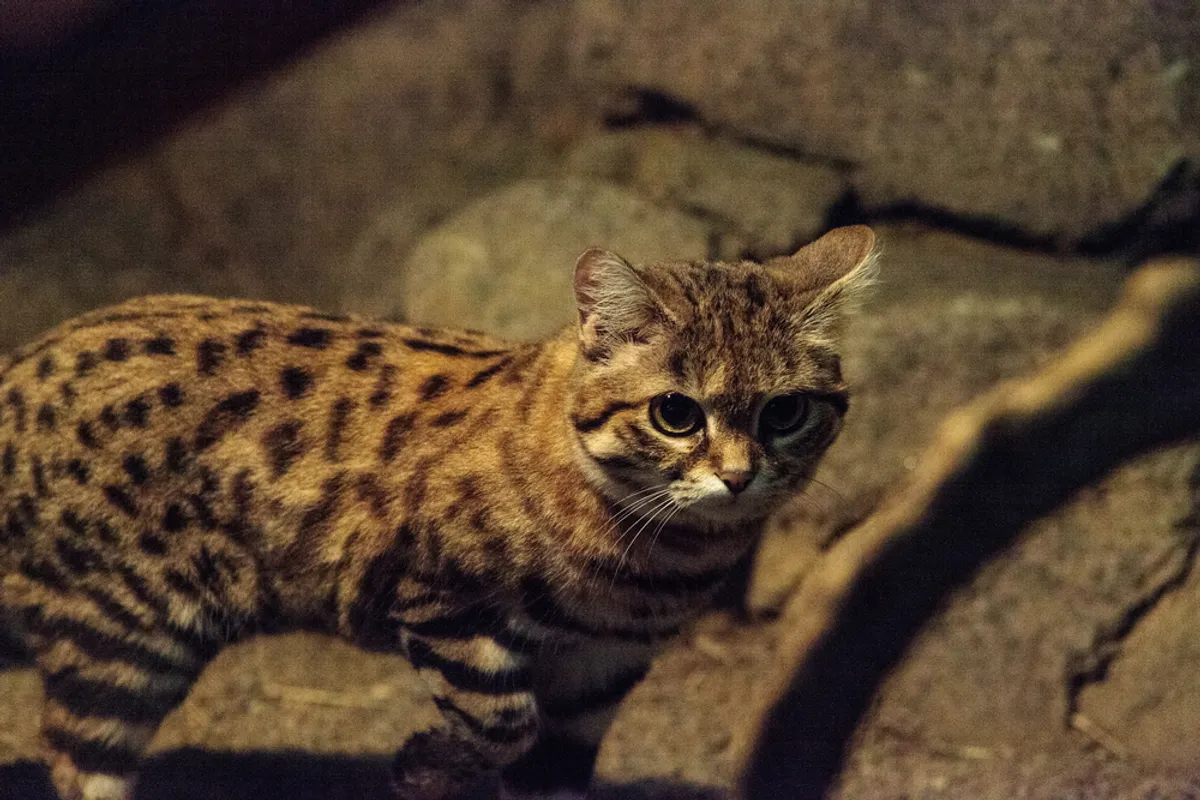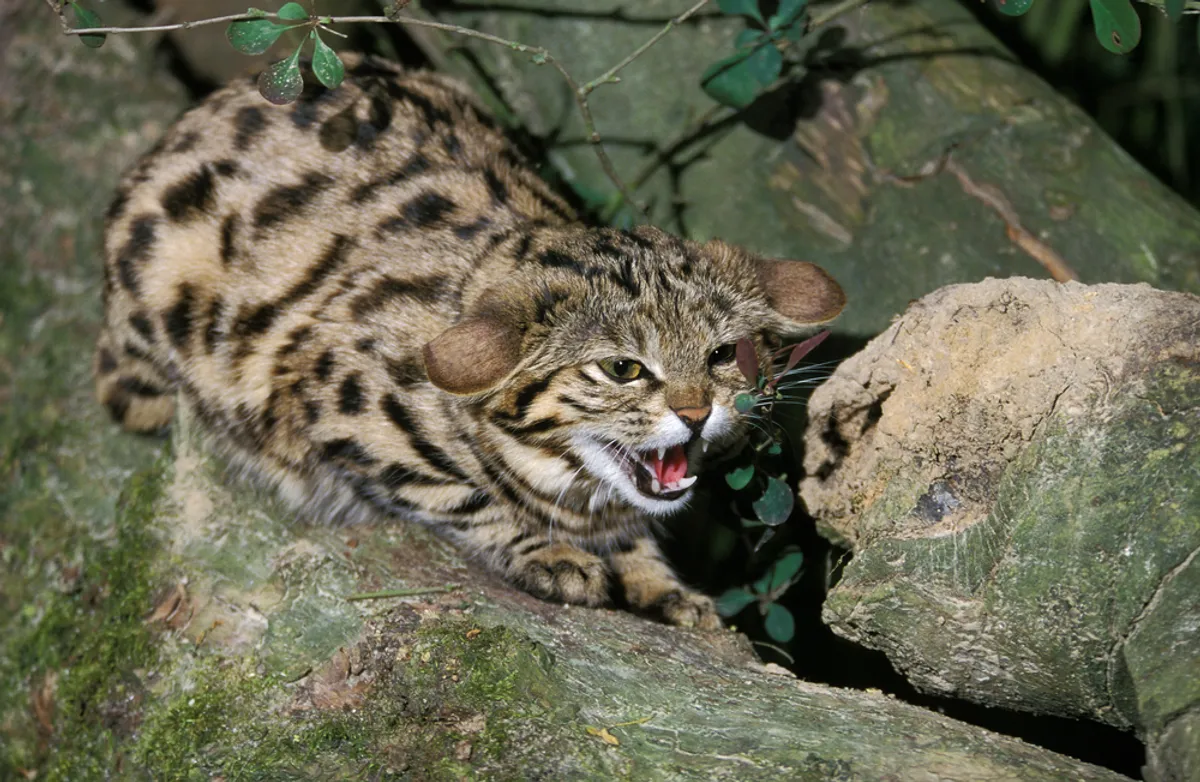The African black-footed cat has a fierce reputation as the world’s deadliest cat. However, if you came across one of these cats on the street, you would probably think it was an extremely cute tabby kitten.
The black-footed cat (Felis nigripes) is not only the world’s deadliest cat, but also Africa’s smallest cat. These tiny animals, which weigh between 1 and 2 kilograms and are 35 to 43 centimeters tall as adults, are half the size of the average domestic cat and approximately 200 times smaller than a lion. However, despite their small size, these cats have an impressively high kill rate. While the lion’s successful kill rate is only 25 percent, the cute black-footed cat is successful on 60 percent of its kills, making them the world’s second deadliest predator after African wild dogs.
Traveling up to 8 kilometers each night in search of food, these cats attempt a kill approximately every 30 minutes and successfully capture between 10 and 14 prey each night. Feeding on everything from small rodents to birds and sometimes insects, the black-footed cat has also been known to hunt prey larger than the cat itself, such as the Cape hare.

Found in the arid, sandy grasslands of South Africa, this nocturnal cat’s small, short body and tail make it a clumsy and clumsy climber. Instead, these cats spend their days hiding in abandoned nests or termite mounds.
These cats, which live an extremely solitary life despite having an impressively loud voice compared to their body size, become independent at the age of 4-5 months and come together again to mate. Males cover an area of 22 square kilometers per year, while females cover only 10.3 square kilometers.
Although cats live throughout much of Botswana, their numbers have declined so much that wild individuals have not been seen in the country for several years. Their actual wild numbers remain unclear, but threats to habitats, resources, and poisoned baits and traps set to capture African wildcats and jackals have threatened the species so much that they were listed as “vulnerable” on the IUCN red list in 2016.

This species, whose population is estimated to be below 10,000 and is gradually decreasing, is protected by national laws in most of the regions where it lives, with cat hunting banned in Botswana and South Africa.
The black-footed cat has a high mortality rate in captivity, focusing conservation efforts on preventing degradation and preserving remaining habitats to preserve remaining populations and promote the growth of the species.